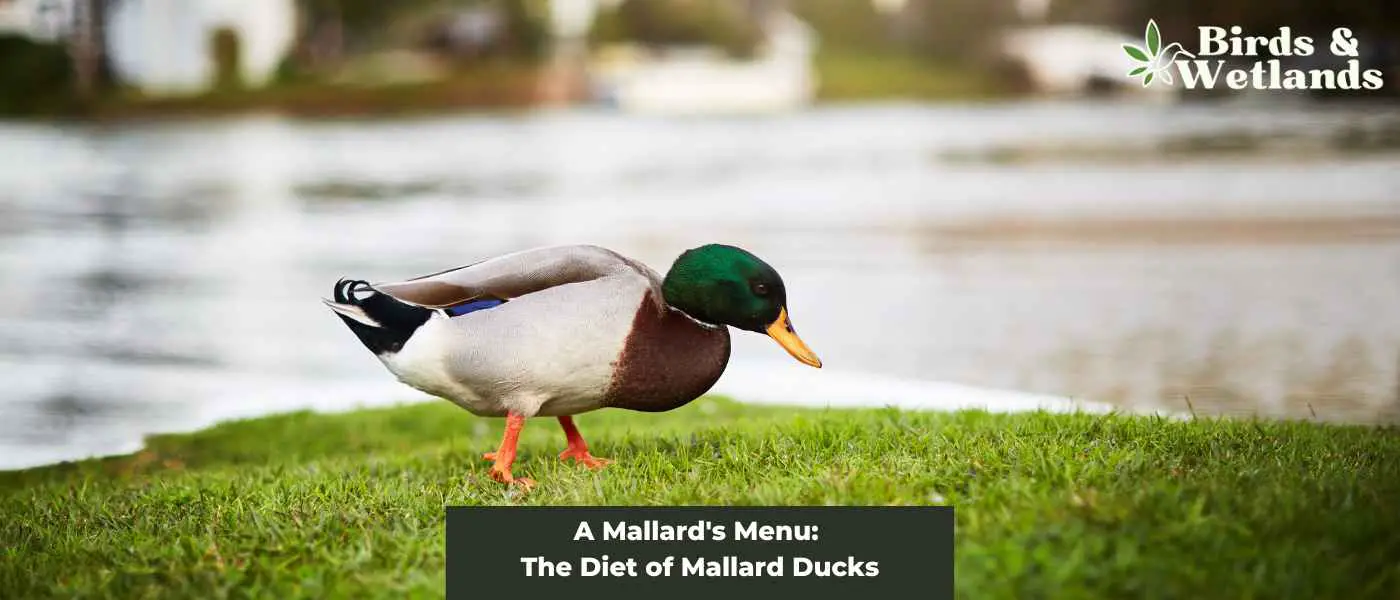Mallard ducks are a common sight in many parts of the world. These ducks are known for their striking green heads and brown bodies. They are also known for their diverse diet, which includes both plant and animal matter.
We explore the diet of mallard ducks and provide some interesting facts about these fascinating birds.
The diet of Mallard ducks is diverse, consisting of both plant and animal matter. They primarily feed on aquatic vegetation, seeds, grains, and small insects. Mallards also consume mollusks, small fish, and amphibians. This omnivorous diet supports their nutritional needs, allowing them to thrive in various environments.
Key Takeaways:
- Mallard ducks have a diverse, omnivorous diet
- They consume aquatic vegetation, seeds, grains, and insects
- Mallards also eat mollusks, small fish, and amphibians
Overview of Mallard Ducks
Mallard ducks are a species of wild bird and one of the most common waterfowl in North America. They are a dabbling duck, meaning they feed on the surface of the water rather than diving for food. Mallards are also known for their striking plumage, with males sporting a glossy green head, white neck ring, and chestnut-brown breast during the breeding season.
Mallard

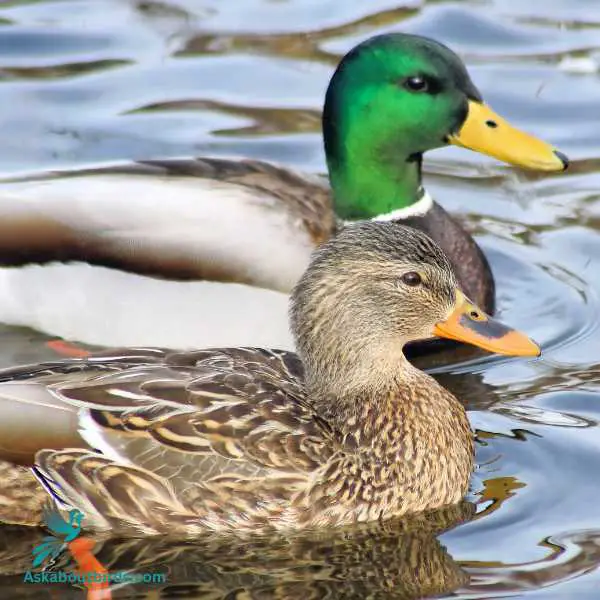
| Feature | Measurement |
|---|---|
| Scientific Name | Anas platyrhynchos |
| Length | 20-26 inches |
| Wingspan | 32-39 inches |
| Weight | 1.6-3.5 pounds |
The Mallard, one of the most recognizable of all ducks, is distinguished by its classic “quack” and its common presence in city parks and wild wetlands.
Appearance: Mallards are large ducks with a hefty body and rounded head. The male is notable for its glossy green head, gray body, and black tail-curl, while the female is mottled brown with an orange-brown bill. Both sexes have a white-bordered, blue “speculum” patch in the wing.
Diet: Mallards are omnivorous, dabbling ducks that eat a wide variety of foods. They are known to feed on aquatic vegetation, insects, worms, and grains. In city parks, they are often seen eating bread, popcorn, and other food provided by humans, although such items are not part of their natural diet.
Reproduction: Mallards nest on the ground on dry land that is close to water, under cover of tall grass or other vegetation. The female typically lays around 8 to 13 eggs and incubates them herself.
Mallard Duck’s Diet
Mallard ducks are omnivorous birds that feed on a variety of food items. Their diet varies depending on the season, location, and availability of food. In this section, we will discuss the natural diet of mallard ducks, their omnivorous nature, and their diet in the wild.
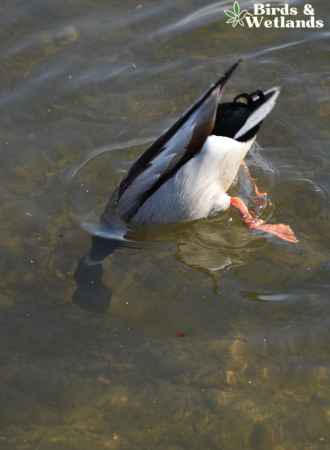
Natural Diet
Mallard ducks are known to be free grazers, which means a mallard duck eat a variety of food items that are easily available. Their natural diet consists of aquatic invertebrates, such as snails, worms, and shrimp, which they find in shallow water. They also feed on aquatic vegetation, such as algae, duckweed, and other water plants.
Omnivorous Birds
Mallard ducks are omnivorous birds, which means they eat both plant and animal matter. They are opportunistic feeders and will eat whatever is available to them. Mallard ducks also eat small fish, frogs, and tadpoles. They will even catch insects on the fly.
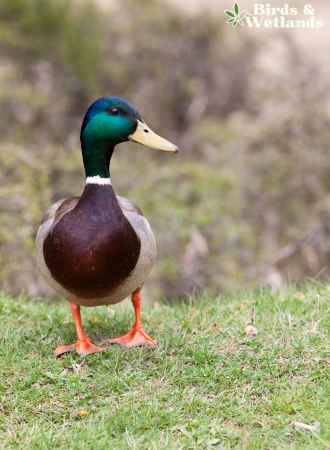
Diet in the Wild
In the wild, wild mallards have to rely on their natural instincts to find food. They are known to forage for food in local parks, city parks, and urban ponds. They are also commonly found in shallow water, where they can easily catch fish and other aquatic creatures.
Mallard duck’s diet consists of plant matter, such as seeds, berries, and other fruits. When food is scarce, they will even feed on acorns and other nuts.
Young ducklings or baby ducks have a slightly different diet than adult mallard ducks. They feed on insects, snails, and other small invertebrates until they are old enough to eat adult food.
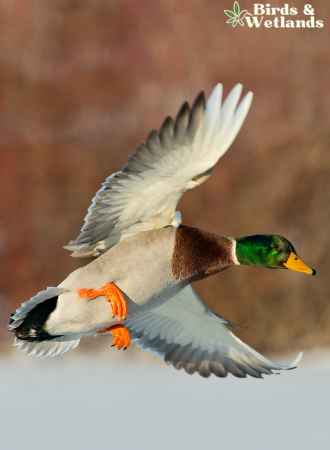
Feeding Mallard Ducks
If you want to feed ducks, it’s important to provide them with a balanced diet that meets their nutritional needs. Here are some guidelines to follow when feeding mallard ducks.
What to Feed Mallard Ducks
Here are some good options for feeding ducks:
Cracked corn: This is a good option for feeding mallard ducks. Sprinkle a few kernels in a dry place under a bird feeder.
Seeds: Mallard ducks love seeds, such as sunflower seeds, millet, and safflower seeds.
Small fish: If you have a pond or stream nearby, you can feed mallard ducks small fish, such as minnows or guppies.
Aquatic plants: Mallard ducks love to eat aquatic plants, such as duckweed, water lilies, and cattails.
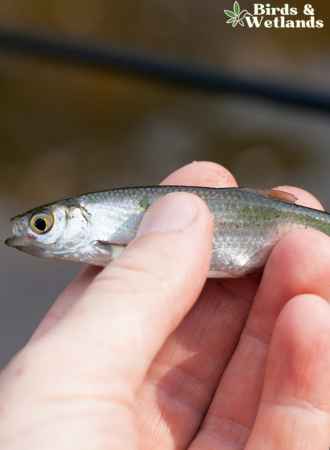
What Not to Feed Mallard Ducks
While mallard ducks will eat a variety of foods, there are some things you should avoid feeding them. Here are some foods to avoid:
Bread: Bread is not a good food for mallard ducks. It has little nutritional value and can cause digestive problems.
Moldy bread: Moldy bread can be harmful to mallard ducks and other wild birds.
Grains: While mallard ducks will eat grains, such as wheat and barley, they should not be the main component of their diet.
Processed foods: Processed foods, such as chips and crackers, are not good for mallard ducks.
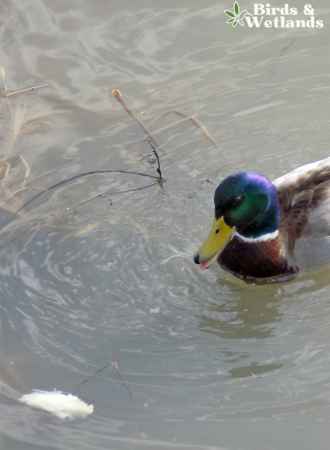
Feeding Guidelines
When feeding mallard ducks, it’s important to follow these guidelines:
Feed them in moderation: Do not overfeed mallard ducks. Mallard ducks eat until they are full, so it’s important to provide them with a limited amount of food.
Provide fresh water: Mallard ducks need fresh water to drink and to clean their feathers.
Keep feeding areas clean: Clean up any uneaten food and remove any debris from the feeding area to prevent the growth of harmful bacteria.
Check your local park guidelines t see if you are allowed to feed the ducks.
Mallard Duck’s Diet in Different Seasons
Mallard ducks are omnivores, and their diet varies depending on the season. They eat a wide variety of food, from vegetation to small invertebrates. Their diet is also influenced by their habitat, availability of food, and their nutritional requirements.
Winter Diet
During the winter season, when the temperature drops, and food becomes scarce, mallard ducks rely on seeds and grains as their primary food source. They feed on a variety of grains, including wheat, barley, and oats. Mallards also eat aquatic plants, such as pondweeds, smartweeds, and sedges.
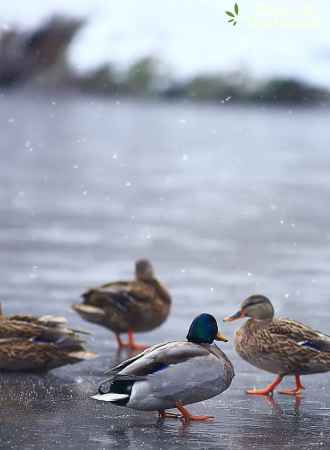
Summer Diet
In the summer season, when aquatic insects are abundant, mallard ducks switch to a more protein-rich diet. They feed on a variety of aquatic insects, such as dragonflies, midges, and caddisflies. Mallards also eat other invertebrates, such as snails and other mollusks, and crustaceans like shrimp. They also consume small fish and fish eggs.
Mallard ducks also feed on plant matter, including the seeds, stems, and roots of a vast variety of different plants. They commonly eat seeds of acorns and other tree seeds, various kinds of waste grain, and rice. They, like geese, also eat frogs, tadpoles, earthworms, and small fish.
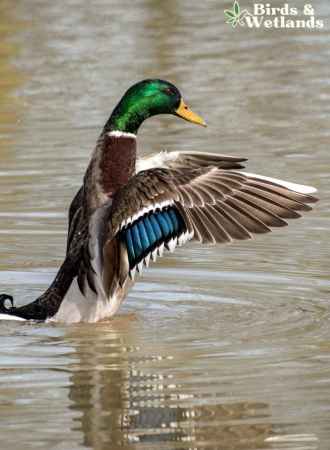
Nesting Season Diet
During the nesting season, mallard ducks require a high protein diet to lay eggs and raise their young. They consume a variety of protein-rich foods, such as insects, small fish, and crustaceans. They also eat snails, slugs, beetles, flies, and worms.
Mallard ducklings feed on aquatic insects and other small invertebrates that they find in the water. They also consume small fish and fish eggs. As they grow, they start feeding on plant matter and seeds.

FAQs on What do Mallard ducks eat
What Eats Mallard Ducks (Anas platyrhynchos)?
Mallard ducks, like many other birds, face a variety of predators both on land and in water. Common predators that prey on mallard ducks include:
Birds of prey: Eagles, hawks, and owls are some of the most common avian predators of mallard ducks, especially targeting ducklings and injured or sick adults.
Mammals: Raccoons, foxes, coyotes, and mink are known to prey on mallard ducks, targeting their nests to eat eggs, ducklings, and occasionally adult ducks.
Reptiles: Snakes and large snapping turtles may also consume mallard duck eggs or ducklings when the opportunity arises.
Fish: Large fish, such as pike and catfish, can prey on young birds swimming on the water’s surface.
Mallard ducks like many wild ducks have evolved various defensive strategies to protect themselves and their offspring from predators, such as nesting in hidden locations, keeping their young close, and taking flight at the first sign of danger.
Can you hunt mallard ducks?
Yes, mallard ducks are a popular game species for hunting in many parts of the world, including the United States. However, there are specific regulations and guidelines that hunters must follow to ensure sustainable and responsible hunting practices. These regulations may include:
Hunting season: Mallard duck hunting is typically allowed during specific times of the year, known as hunting seasons, to protect the population and ensure their survival. Hunting seasons vary by region, so it is essential to check local regulations.
Bag limits: There are often restrictions on the number of ducks a hunter can harvest in a day or throughout the hunting season. This limit, known as a bag limit, helps manage the mallard duck population.
Licenses and permits: Hunters usually need a valid hunting license and a migratory bird stamp or permit to legally hunt mallard ducks. These licenses and permits can often be obtained from local wildlife agencies or departments.
Hunting methods: There may be restrictions on the types of firearms, ammunition, and hunting methods allowed for hunting mallard ducks. Some regions may prohibit the use of lead shot or motorized decoys, for example.
Before hunting mallard ducks, it is crucial to familiarize yourself with local regulations and guidelines to ensure you are hunting legally and responsibly.
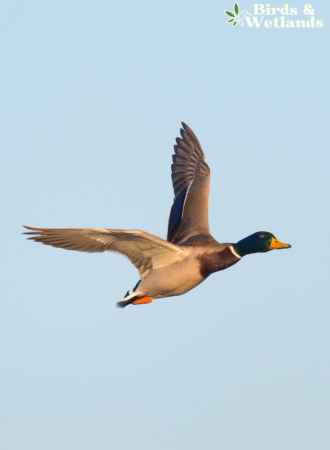
What do female mallard ducks eat?
Female mallard ducks, like their male counterparts, are omnivorous and have a varied diet. They primarily consume a mix of plant material and animal matter, depending on the season and availability.
Mallard ducks are opportunistic feeders and will take advantage of the best foods when they are most abundant. During the summer months, when they are breeding, mallard ducks consume a variety of aquatic invertebrates, such as:
Larvae of flies, midges, and dragonflies: These insect larvae are abundant in the summer and provide essential nutrients and protein for mallards.
Snails: Mallards will eat various freshwater snails, which are another excellent source of protein and other nutrients.
Freshwater shrimp: These small crustaceans are also abundant during the summer months and provide additional protein for mallard ducks.
By consuming these abundant aquatic invertebrates during the breeding season, mallard ducks ensure they have enough energy and nutrients to support their reproductive efforts.

